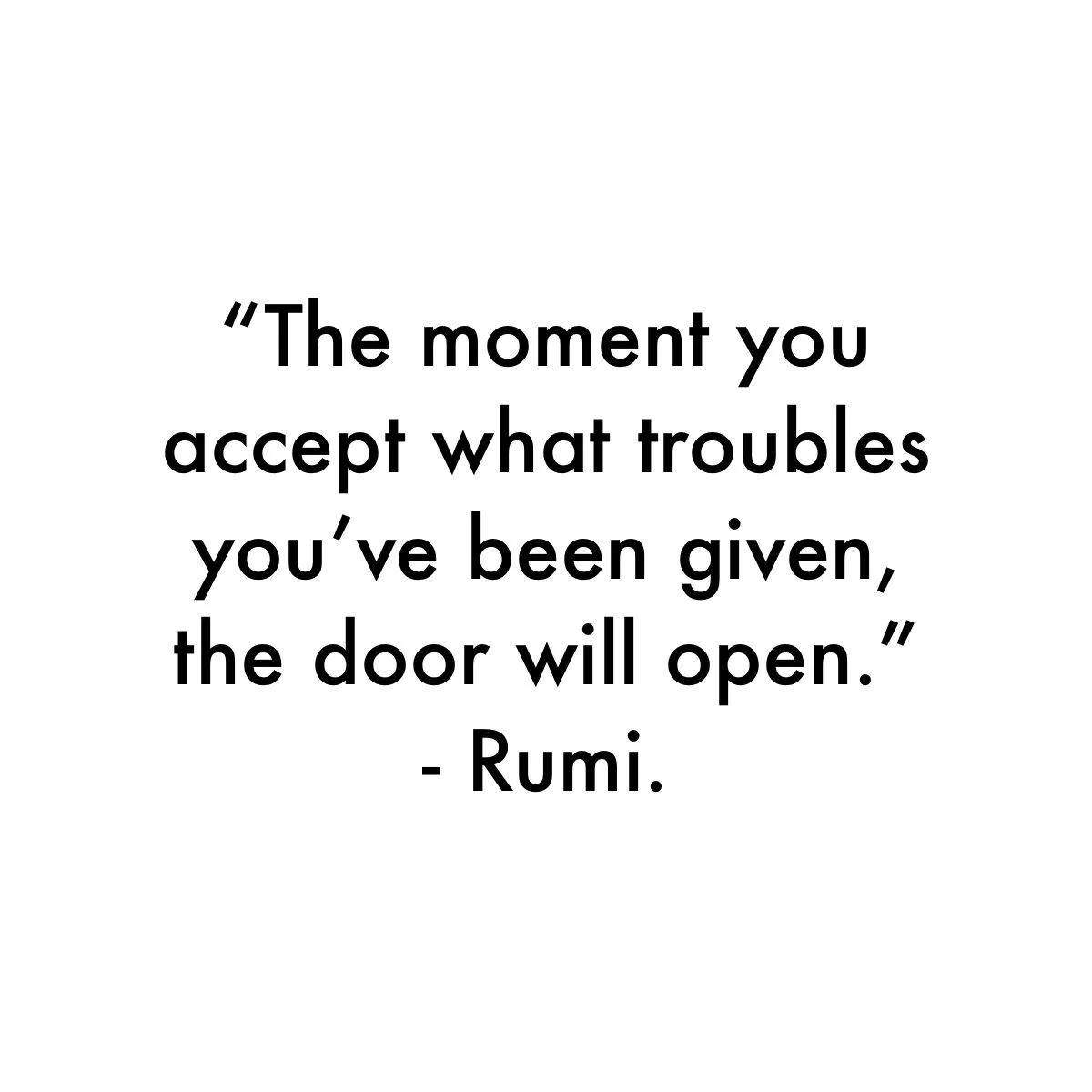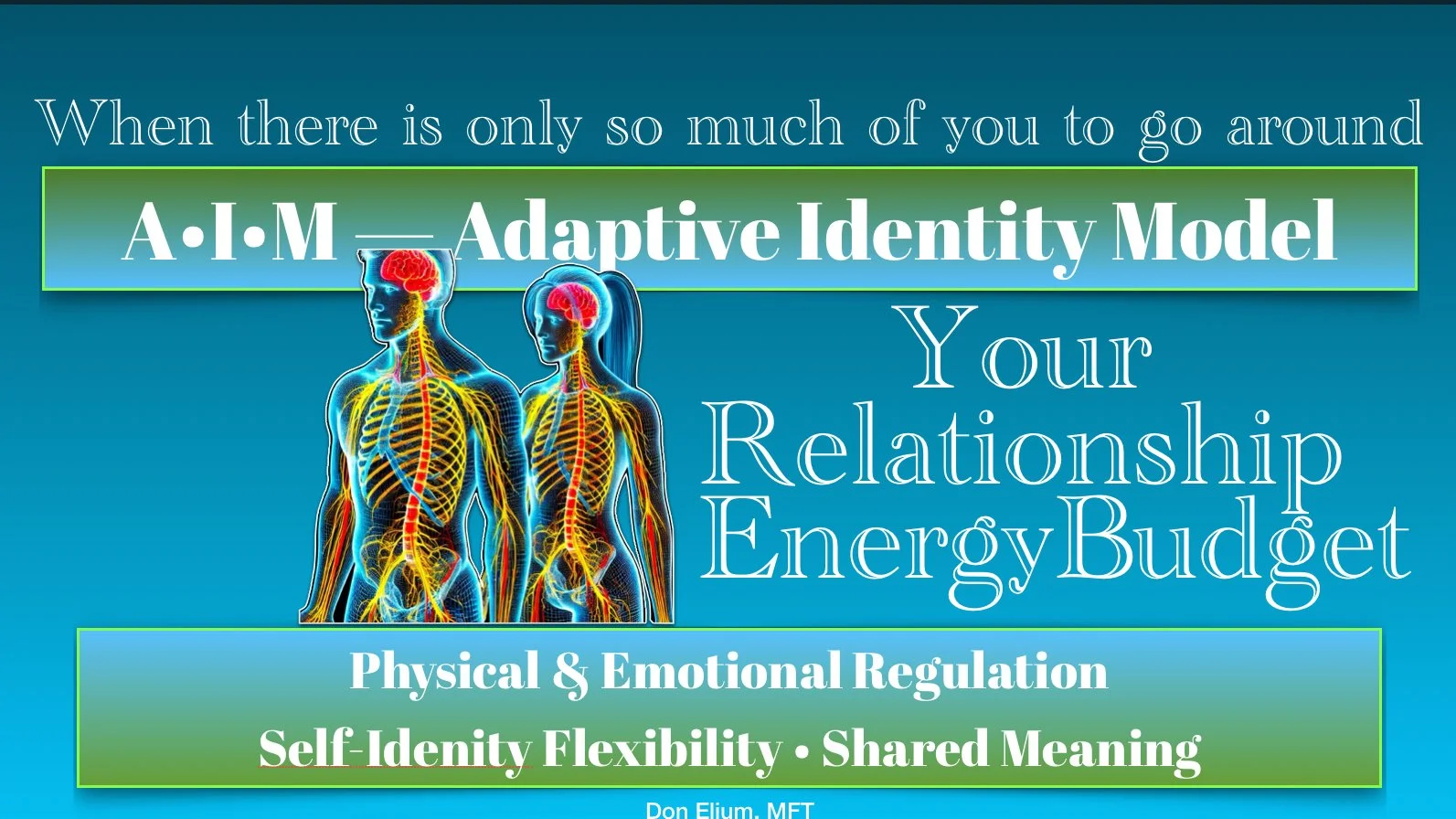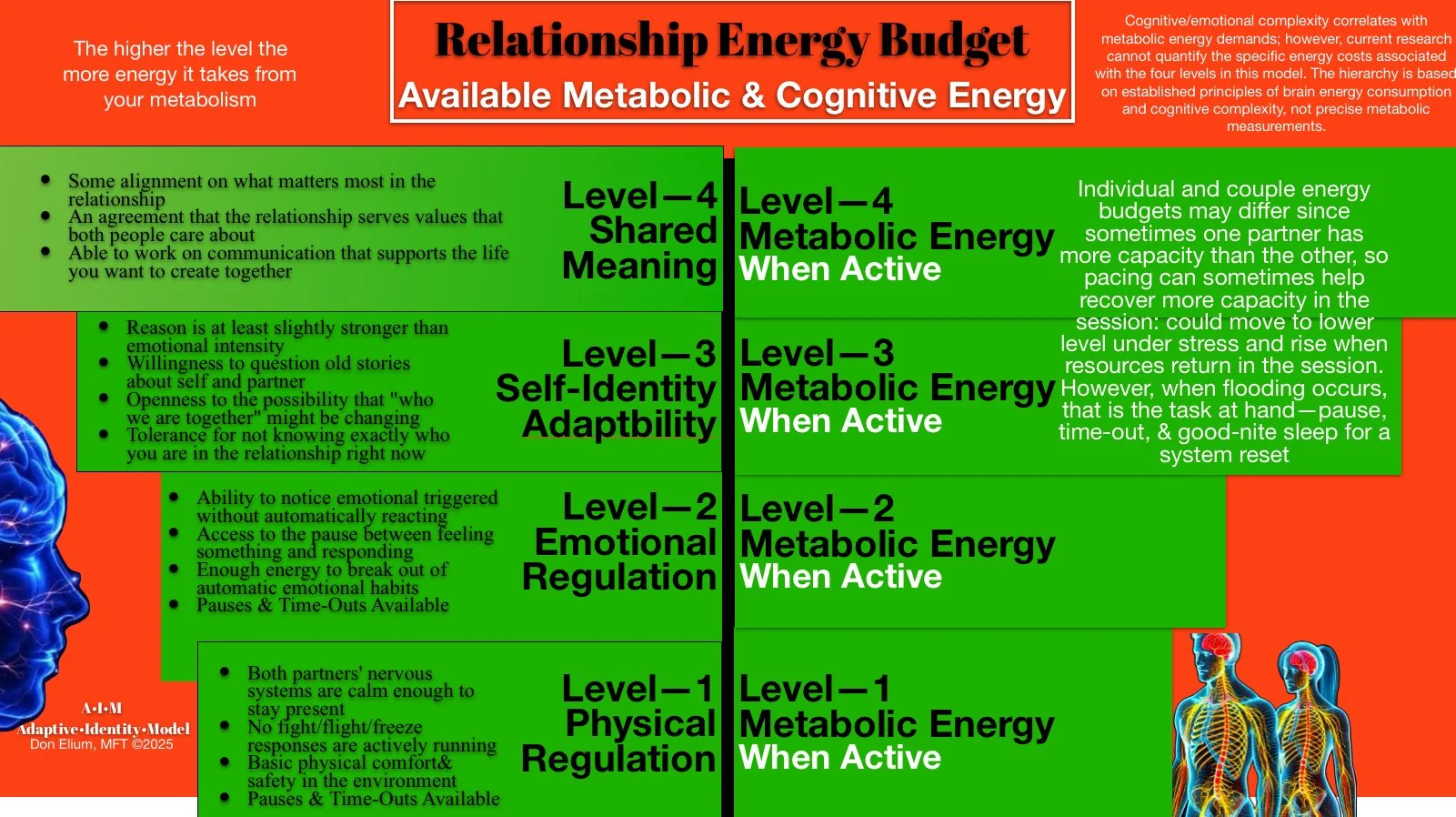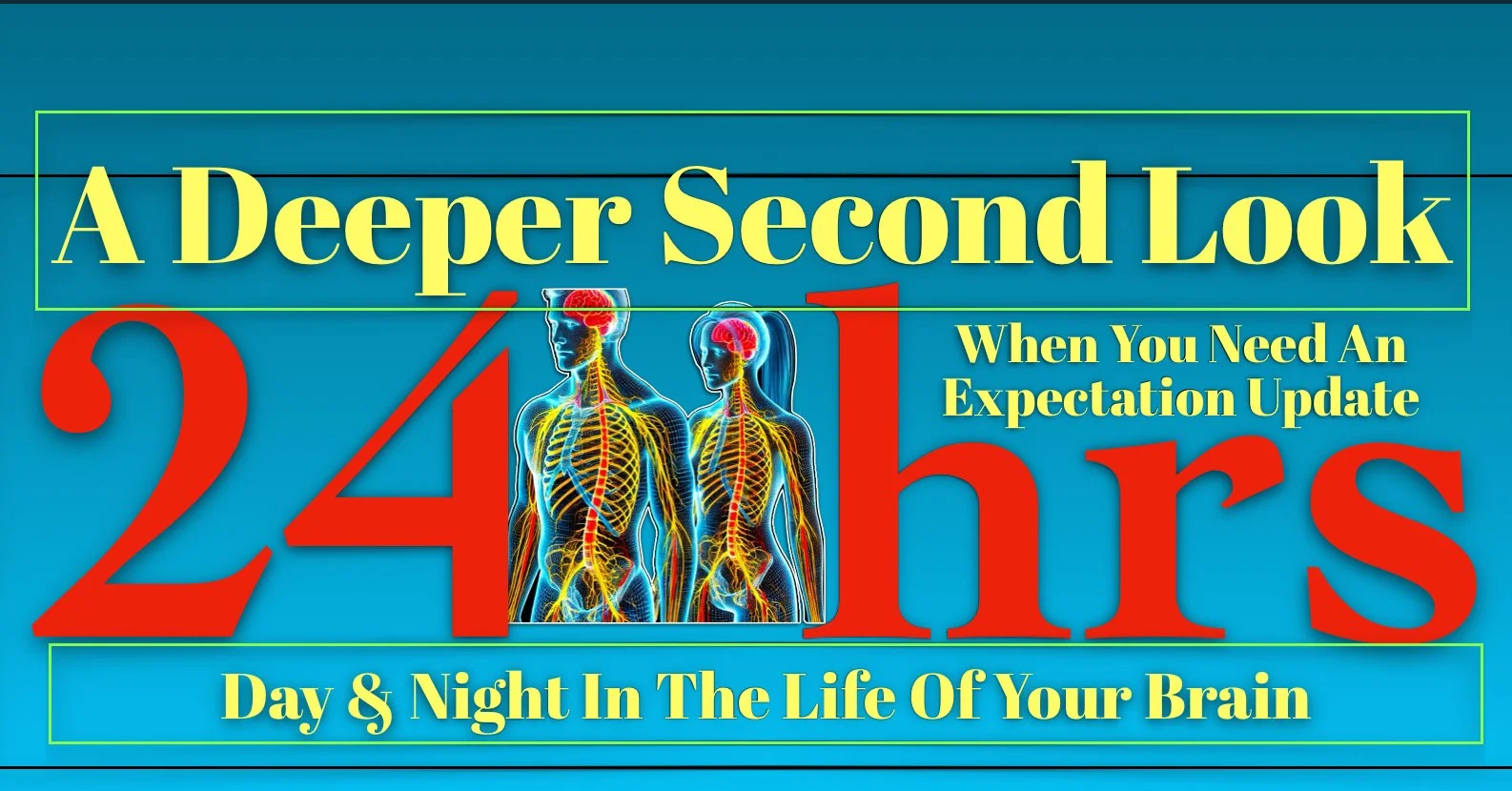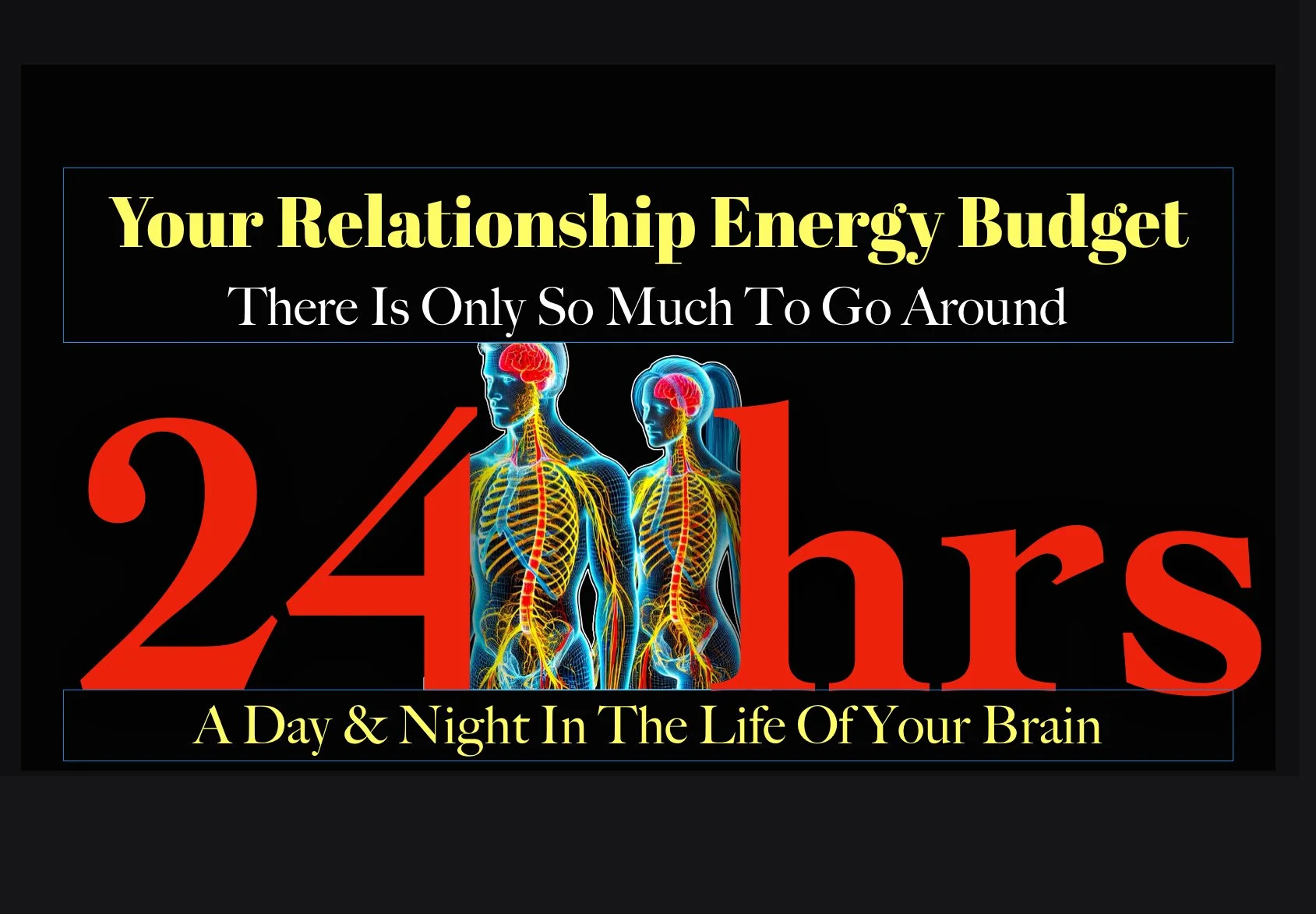How Your Brain Is Trying to Help Take Care Of You
(When You Are Willing To Work With It & Not Against It)
The Adaptive Identity Model (A-I-M)
By Don Elium, MFT
The Adaptive Identity Model (A-I-M). Your identity is not a fixed thing but a temporary framework your brain uses to navigate the world. This framework cycles through periods of stability, disruption, and renewal throughout your life. IT shows you how neuro-psychologically and biologically your self-identity and relationships are constantly in a state of natural adaptation and change.
In development by Don Elium, MFT, A-I-M synthesizes established principles from neuroscience, psychology, and biology to help you understand why we get stuck in old patterns and how to create new, more updated adaptive ones.
Your Brain’s Relationship Energy Budget: The Core Driver of Behavior
A central idea of the A-I-M model is that the brain is a highly energy-demanding organ. Although it makes up only 2% of your body weight, it consumes roughly 20% of your metabolic energy. Because of this, the brain’s number one priority is to be efficient and conserve energy. It achieves this by relying on two central operating systems for communication:
* System-1 (Sys-1): This is the brain’s fast, automatic, and low-energy mode. It uses familiar patterns and past experiences to respond quickly without having to think or analyze every situation from scratch. This system is a powerful survival tool and is easier to access under pressure.
* System-2 (Sys-2): This is the brain’s slower, deliberate, and high-energy mode. It requires significant metabolic energy to evaluate different viewpoints, process complex emotions, and actively seek accuracy. System-2 is harder to access under pressure and is what’s needed for thoughtful problem-solving.
When you are tired, hungry, or stressed, your brain defaults to the low-energy, automatic System-1, which often leads to predictable and recurring relationship conflicts.
The Pattern and the Story And Your Self-Identity
The A-I-M model explains that your brain doesn’t just store random facts; it organizes them into coherent narratives to create a stable sense of self. The “story” is the subjective, conscious narrative you tell yourself, and it is an emergence of an underlying neural “pattern”. This pattern is a heavily used neural pathway, like a deep groove in a hiking trail that your brain naturally follows because it’s more efficient than creating a new path. To your brain, the pattern and the story are not separate and are mutually influenceable.
These story patterns serve several key neurological functions:
Identity Maintenance: your Self-Identity Nueral Network reinforces and automates your self-identity patterns and a consistent sense of who you are in a relationship until these patterns become outdated due to life and people growth and changes and when the amount of energy it takes to keep them in action is greater than the energy it takes to update them, an updating process begins, whether you like it or not.
Meaning-Making Efficiency: your Self-Identity Neural Network, when flexible and has enough energy available, can form new points of view to address conflicts and create new personal meaning and shared relationship meaning from the changes that life demands create.
Emotional and Physical Regulation: Create a stable support for a more flexible and adaptive Self-Identity that can can support the emergence of Self-Awareness and can question rigid beliefs and adapt more productively to updated situations while the outdated points of view can soften and yield to the new.
Because these patterns are so efficient, your brain makes them feel automatic and real. This process is called identity crystallization, where a new story feels permanent, even though it is temporary. The brain helps you forget the struggle of creating this new version of your self-identity, making it feel like “who you’ve always been”.
The Cycle of Change: The Metabolic Tipping Point
Since life is constantly changing, the “new” story will eventually become outdated and no longer a good predictor of reality. The brain then has to expend more and more energy to maintain that old story in the face of new circumstances. The story only shifts when the cost of maintaining it exceeds the cost of creating a new one. This moment is called the metabolic tipping point.
Once this tipping point is reached, the brain enters a period of reorganization, and the old story begins to break down. This can feel confusing, unstable, and even scary, as your familiar sense of self is lost. This is the process of self-identity flexibility.
The Deeper Second Look: A Method for Conscious Change
The A-I-M model offers a process, the “Deeper Second Look,” to intentionally create a new story and its underlying pattern. This is not about using willpower to force change, which is energy-intensive and often fails. Instead, it is a compassionate, gentle, and repetitive process that works with the brain’s natural capacity for change.
The approach of gently and compassionate, slowly over an extended period of time with the phrase “I am becoming a person who...” is neurologically powerful because it doesn’t demand immediate, perfect transformation that your brain will detect as a threat and find ways to ignore or distract you away. A Deeper Second Look acknowledges the gradual development of adaptive neural pathways, which often takes an average of 66 days to become automatic. This small, consistent practice strengthens a new neural circuit until it becomes your brain’s new, energy-efficient default.
The change isn’t that you get one permanent new story; it’s that you have a new, healthier trail to follow, and a more adaptive story naturally emerges from it. An adaptive tale is more accurate, flexible, and aligned with your growth, freeing up mental energy participation with what is actually occurring now. By understanding and working with your brain’s energy budget, you can participate in this natural cycles of change in your relationships and your life.
